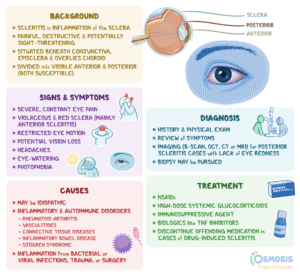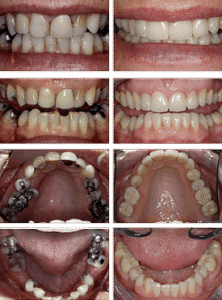Overview of Thighplasty Surgery
Overview of Thighplasty Surgery
Estimated Reading Time: 4 minutes
Introduction to Thighplasty Surgery
Thighplasty, commonly referred to as a thigh lift, is a cosmetic surgical procedure designed to tighten and enhance the appearance of the thighs. Factors such as aging, pregnancy, or significant weight loss can lead to sagging skin, dimpling, and an overall unshapely appearance of the thighs. The goal of a thigh lift is to elevate and contour the thighs to achieve a more toned, slender look that aligns proportionately with the rest of the body. In some cases, a combination of thighplasty and liposuction may be employed to provide a smoother, more sculpted aesthetic.
Is Thighplasty a Weight Loss Surgery?
It is important to note that thighplasty is not a weight loss procedure. It is intended for individuals who have reached or are close to their ideal body weight but are dissatisfied with the excess, sagging skin resulting from weight fluctuations. Thighplasty addresses skin laxity rather than fat reduction.
Types of Thigh Lift Procedures
There are several variations of thighplasty, each targeting different areas of the thigh:
-
Inner Thigh Lift: Focuses on the skin along the inner part of the lower thigh.
-
Medial Thigh Lift: Targets skin and tissue on the upper inner thigh.
-
Bilateral Thigh Lift: Focuses on the front and outer thigh areas.
Both the inner and medial thigh lifts are typically performed on an outpatient basis, whereas a bilateral thigh lift may require an overnight stay in the hospital for recovery.
How to Tighten Loose Skin After Weight Loss
Thighplasty is generally performed as an outpatient procedure using general or epidural anesthesia. The exact technique will depend on the type of thigh lift being performed and the areas treated. The most common approach begins with an incision in the groin area, followed by the removal of excess skin and/or fat. The underlying tissue is then reshaped, tightened, and the skin is lifted and sutured into place. The procedure usually takes around 2 hours.
Post-Surgery Recovery and Aftercare
After the surgery, pain medications and anti-inflammatory drugs are prescribed to help manage discomfort and inflammation. Patients will experience some bruising, swelling, and tenderness in the treated areas. Compression garments are worn to reduce swelling and promote healing. Drains may be inserted to remove excess fluid and reduce the risk of infection, and patients are instructed to keep track of the fluid levels in a logbook. Once the required amount of fluid has been drained, the surgeon will remove the drains.
While you can shower 48 hours after surgery, swimming, hot baths, or using saunas should be avoided until you get clearance from your surgeon. Surgical sutures are typically removed within 2 weeks. Most individuals can return to work within 7 to 10 days, and physical activities can be resumed after 4 to 6 weeks. While scarring is inevitable, it is typically well-hidden within natural body folds and will fade over time.
Potential Risks and Complications
As with any surgery, thighplasty carries certain risks, including:
-
Pain or discomfort
-
Poor wound healing
-
Bleeding
-
Infection
-
Skin asymmetry
-
Numbness
-
Seroma (fluid buildup)
-
Deep vein thrombosis (DVT)
-
Pulmonary or cardiac complications
-
Skin necrosis (tissue death)
-
Scarring
-
Damage to underlying structures, including the lymphatic system
In some cases, revision surgery may be necessary to address complications or achieve desired results.
Success and Results
The visible results of a thigh lift are noticeable immediately after the procedure, but the full outcome is typically evident after 6 weeks when swelling subsides. This procedure can significantly improve the appearance of the thighs, offering a more youthful and toned silhouette.
Frequently Asked Questions
-
How long does recovery take?
Recovery from thighplasty typically takes about 6 weeks for full healing, although you can return to work within 7 to 10 days and resume exercise after 4 to 6 weeks. -
Are the results permanent?
Yes, the results of a thigh lift are long-lasting as long as you maintain a stable weight and overall healthy lifestyle.
Expert Tips for Post-Operative Care
-
Maintain a healthy diet and hydration during the recovery period to support healing.
-
Avoid strenuous activities until cleared by your surgeon to prevent complications.
-
Follow your surgeon’s instructions regarding wound care and medication use.
Key Takeaways
Thighplasty is an effective solution for tightening and toning sagging skin on the thighs, especially after significant weight loss or aging. While recovery may take a few weeks, the results can be life-changing, providing improved body contours and a more youthful appearance. As with any cosmetic surgery, it is important to consult with a qualified surgeon to ensure you understand the risks, benefits, and expected outcomes.






